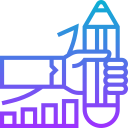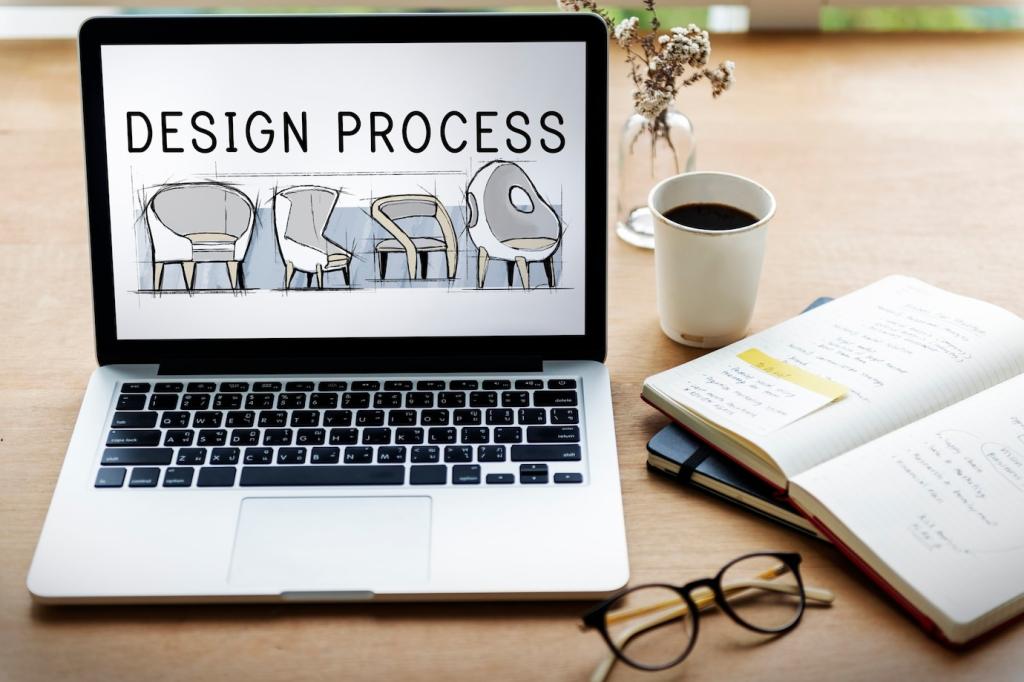IC Excellence or Design Leadership
Define a craft pillar—design systems, research operations, complex interaction patterns—and own its evolution. Ravi’s systems stewardship reduced delivery time across three teams. IC excellence can influence roadmaps and culture without direct reports when outcomes are strategic and measurable.
IC Excellence or Design Leadership
Volunteer to run a workshop, mentor a junior, or coordinate a cross-team critique series. Evidence of influence de-risks a future leadership transition. Keep a log of decisions unblocked and conflicts resolved. Post one leadership experiment you’ll run this month.





